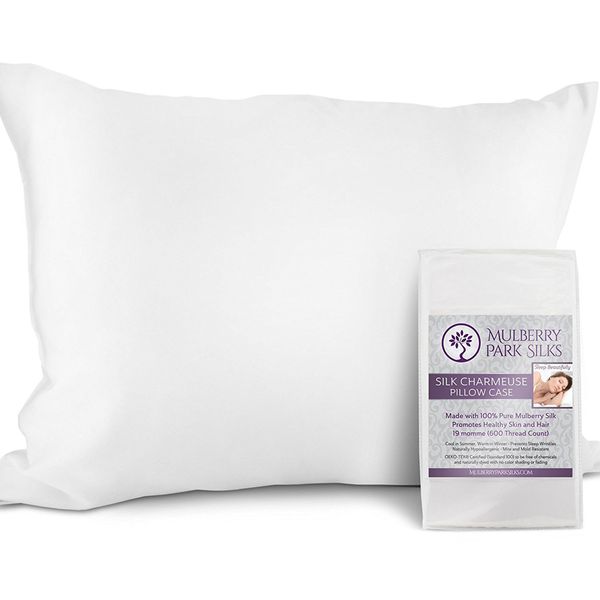
This column first ran in Valerie Monroe’s newsletter, How Not to F*ck Up Your Face, which you can subscribe to on Substack.
Q: You recently mentioned a few different pillow brands designed to prevent wrinkles on a sleeper’s face. I was intrigued and looked them up. One of the brands (enVy) also touts copper-infused pillowcases. The copper is supposed to kill bacteria, viruses, and fungi, while also “promoting elastin and collagen, and repairing and rejuvenating your skin.” It seems to be an undisputed fact that copper kills bacteria and other microbes. But is that a good thing? Aren’t we supposed to have a facial microbiome full of diverse bacteria and fungi as part of a well-functioning immune system? How do we know copper wouldn’t kill the good bacteria along with the bad?
A: How I love the level of engagement readers have here. I mean, the original question was about pillowcases and wrinkles; now, we’re wondering about the effects of copper on the skin microbiome, which was a fine reason to email HNTFUYF DermDiva Heidi Waldorf, M.D., for advice.
“Copper has been used as an antibacterial since the time of Hippocrates,” she said. In the 1940s, it was used in wound-care dressings, then with silver in sheets in burn units. (If you’re curious about how copper kills bacteria, check out this fun website.) Specifically, copper works against the common pathogenic bacteria Staphylococcus aureus and E. coli, as well as fungi and yeast, and it has even shown promise against several viruses, said Waldorf. Curbing bacterial growth is increasingly important as antibiotic resistance increases, she added. As for your question about the skin microbiome: Copper affects the growth of only pathogenic (bad) bacteria; the normal skin microbiome isn’t altered.
“The antibacterial effect makes pillowcases containing copper fiber helpful for acne-prone people, especially for teens who don’t always wash well, or who tend to be more oily and, therefore, leave more bacterial ‘soup’ on their pillowcases overnight,” said Waldorf. She had one patient whose acne improved markedly just by laundering her pillowcase more frequently — and then even more markedly when she switched to a copper-infused pillowcase.
A small (57-subject) study of copper-impregnated pillowcases for wrinkle reduction was published in 2009, said Waldorf. The theory is that copper absorbed through intact skin can upregulate the secretion of extracellular skin proteins and stabilize that new extracellular matrix. If you understand that last sentence, please enlighten us in the comments. I’m not going to try to explain it, because Waldorf doesn’t recommend a copper-infused pillowcase for its wrinkle-preventing effects anyway, preferring the silk ones she recommended here. Bonne nuit!
Originally published on April 9
More From This Series
- I’m 66 and Have Dry Skin Around My Eyes. Will Concealer Help?
- Pamela Anderson Looks Great With or Without Makeup





